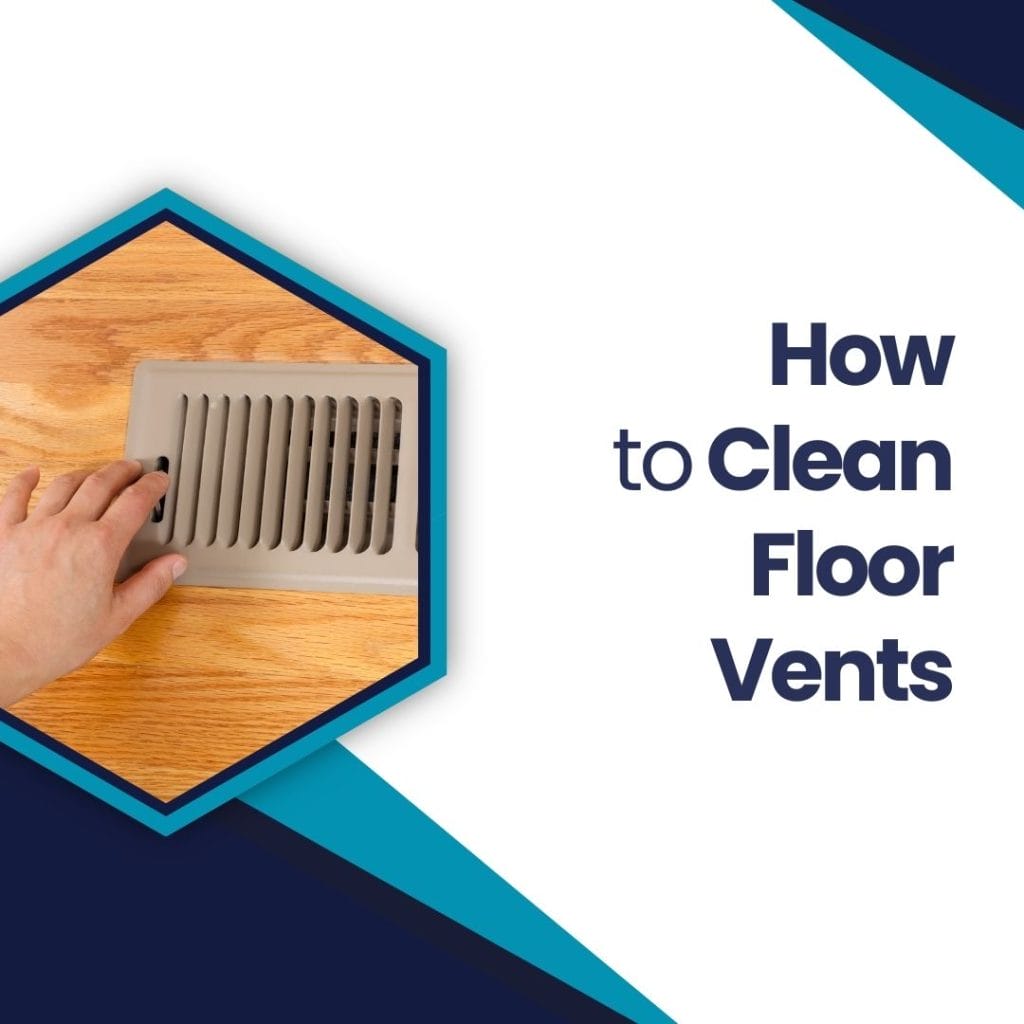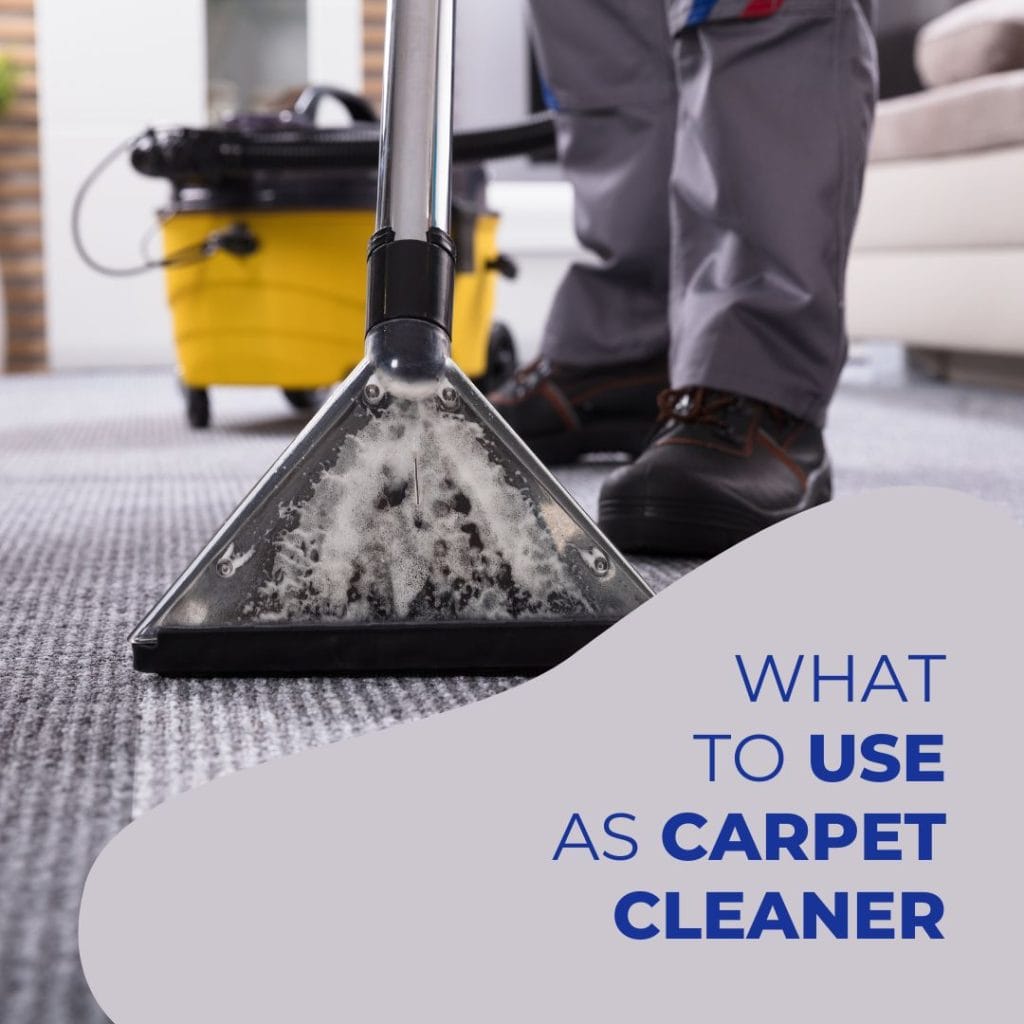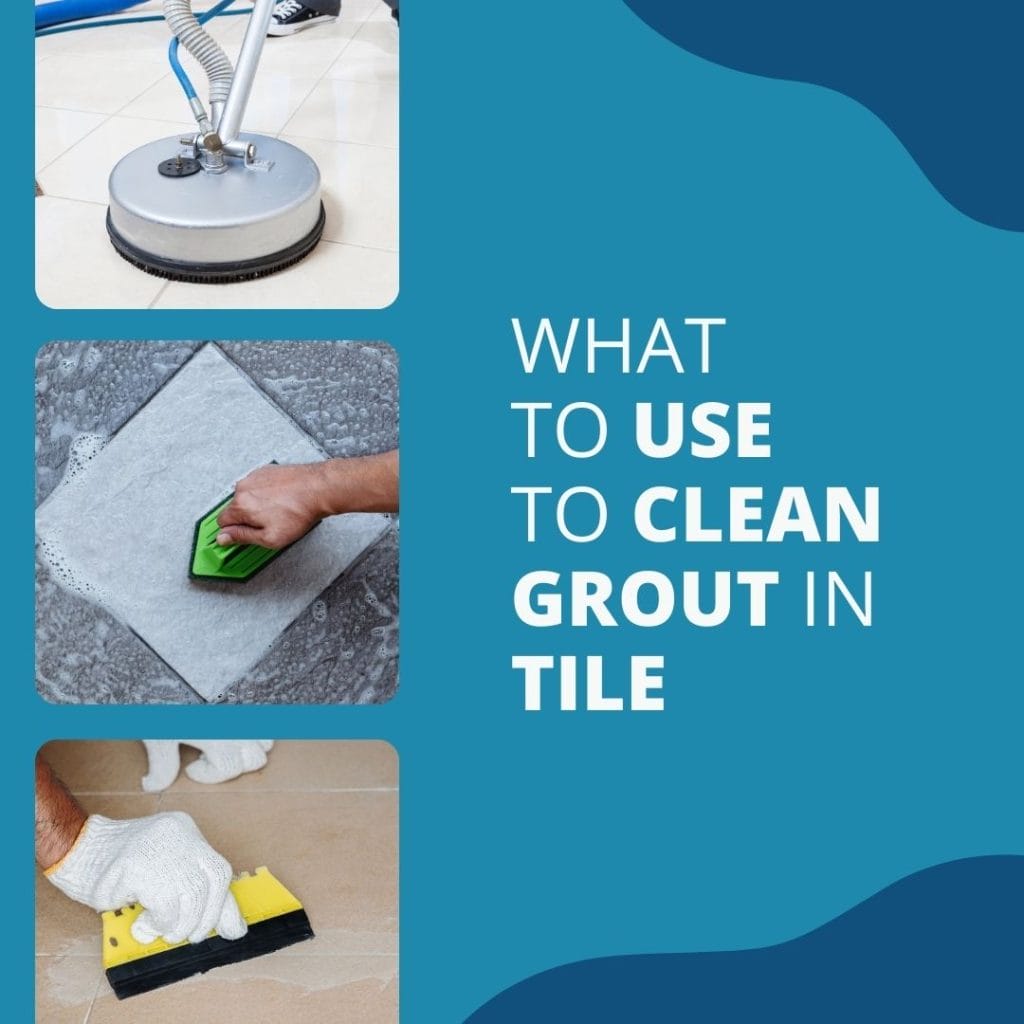Cleaning a firearm is not just a matter of aesthetics; it’s essential to firearm maintenance and safety. The first step in cleaning a gun involves ensuring it’s completely unloaded – a simple yet vitally important effort. Regular cleaning keeps your firearm functioning smoothly, prolongs its lifespan, and, most importantly, prevents misfires or other dangerous incidents, much like the process outlined in how to use Invisalign cleaning crystals effectively. It’s not an overstatement that this routine task could be a lifesaver. So, whether you’re an individual gun owner or a business managing a range of firearms, understanding the steps for cleaning a gun is of paramount importance.
Preparation for Cleaning
Before embarking on the process of cleaning a firearm, appropriate preparation is pivotal to ensure a safe and effective outcome. This stage entails gathering all necessary cleaning supplies, selecting a well-ventilated and well-lit work area, and, most crucially, ensuring the firearm is entirely unloaded. This meticulous preparation sets the foundation for a successful firearm cleaning procedure.
Selecting a Cleaning Area
Selecting an appropriate cleaning area is a vital step in the firearm cleaning process. Choose a well-ventilated, clutter-free, and brightly illuminated space. This aids in preventing inhalation of harmful fumes and ensures optimal visibility while disassembling and cleaning. To maintain focus, the area should also be free from distractions, ensuring every firearm detail is thoroughly cleaned and inspected for safe and efficient operation.
Essential Equipment for Firearm Cleaning
When pondering, “What is the first step in cleaning a firearm”. It’s imperative to consider the tools and materials needed. It’s essential to use a sturdy cleaning rod, bore brushes of appropriate sizes, cleaning patches, and a solvent for removing residue, similar to the approach in cleaning hard-to-reach vents. Lubricating gun oil is also necessary for preserving the firearm’s components. A cleaning mat can keep your workspace organized, protecting surfaces from oil or solvent spills. Lastly, remember safety glasses – they shield your eyes from harmful splashes during cleaning.
Safety Checks Before Starting
Before beginning the cleaning process, it’s critical to perform safety checks. The primary and most essential check is ensuring the firearm is completely unloaded. Double-check the chamber and magazine to confirm there are no rounds present. Also, consider removing any distractions from the cleaning area that might lead to mishandling the firearm, and always point the gun in a safe direction. These checks are fundamental in preventing accidental discharge and ensuring a secure cleaning process.
Disassembling the Firearm
Disassembling the firearm, or field stripping, is the next crucial step in cleaning a firearm. This step involves breaking down the gun into its major components, which allows you to access the internal parts for thorough cleaning. Key areas to focus on include the barrel and chamber, which often accumulate the most residue. Proper disassembly not only ensures an effective cleaning process but also provides an opportunity to inspect the firearm for any wear or damage. Remember, the level of disassembly required may vary based on the specific type of firearm, so it’s essential to refer to the firearm’s manual for guidance.
Step-by-step Guide on Disassembly
- Clear the firearm: Ensure the gun is fully unloaded, checking the chamber and magazine.
- Refer to the manual: Each firearm has a unique assembly, so consult the manual for specific disassembly instructions.
- Separate the parts: Typically, start by removing the magazine, then proceed to detach the slide, barrel, and recoil spring.
- Arrange the parts: Lay out the disassembled parts in an orderly manner to facilitate effective cleaning and easy reassembly.
Reference to Manufacturer’s Manual
While this guide provides an overview of the general steps for cleaning a firearm, referring to the manufacturer’s manual specific to your firearm model is vital. The manual carries precise instructions for disassembling, cleaning, and reassembling your firearm. These instructions will ensure optimal cleaning and safe handling, tailored to your specific firearm’s design and functionality.
Organizing Parts During Disassembly
During disassembly, it’s crucial to organize the firearm parts systematically. This involves placing each part in a specific order as you disassemble, aiding in a smooth reassembly process. Utilize a segmented tray or mat to segregate the parts, minimizing the risk of misplacement or damage. Remember, proper organization contributes to efficient cleaning and ensures each component is placed back correctly, maintaining the functionality and safety of your firearm.
Cleaning the Barrel and Chamber
The barrel and chamber are high-contact areas that accumulate the most residue, making their cleaning a crucial aspect of firearm maintenance.
Techniques for Cleaning the Barrel
Start by attaching a correctly sized bore brush to your cleaning rod to clean the barrel. Apply a few drops of cleaning solvent to the brush, then push it through the barrel, starting from the breech end, to prevent wear on the muzzle. Repeat this process several times, replacing the brush as needed. Next, attach a cleaning patch to the rod and push it through the barrel to remove loosened residue. Repeat with fresh patches until they come out clean.
Solvents and Tools to Use
Choosing the right solvents and tools significantly impacts the effectiveness of the cleaning process. Use a cleaning solvent designed for firearms to dissolve and remove the residue. Bore brushes of bronze, nylon, or stainless steel help scrub stubborn deposits. Cleaning patches, typically made of cotton, are used with the solvent for thorough cleaning. Lastly, a lubricating gun oil is necessary for reassembly, protecting against rust and wear.
Importance of a Clean Barrel for Firearm Performance
Maintaining a clean barrel is critical for optimal firearm performance. Any built-up residue can interfere with the bullet’s trajectory, decreasing accuracy. Furthermore, accumulated grime can cause undue wear and corrosion, impacting the longevity of the firearm. Hence, regular barrel cleaning ensures reliable operation and extends the firearm’s lifespan.
Cleaning the Action
The action of a firearm, the mechanism responsible for loading, firing, and ejecting the cartridges, is subject to considerable wear and residue buildup. Therefore, diligently cleaning the action is essential to maintaining your firearm’s performance and longevity.
Detailed Process for Cleaning the Slide, Bolt, or Pump
To clean the slide, bolt, or pump, apply a few drops of cleaning solvent to a brush and gently scrub the area, focusing on crevices where grime and debris accumulate. Use a clean, dry cloth to wipe away the dissolved residue, then apply a light coating of gun oil for protection. Remember, over-lubrication can attract dust and grime, so remove excess oil. Repeat these steps until all components are clean and free from residue.
Tools and Solvents Recommended
In preparing for the cleaning process, having the right tools and solvents at your disposal is essential. These may include cleaning rods, bore brushes, patches, and a reputable firearm solvent. A high-quality gun oil is also necessary for lubrication purposes post-cleaning. Each tool and solvent ensures thorough and safe firearm cleaning, enhancing its performance and longevity.
Reassembling the Action after Cleaning
Once all action components are clean and lightly lubricated, it’s time for reassembly. Refer back to your firearm’s manual for precise instructions. Generally, starts with the main parts, such as the bolt or pump, followed by smaller components. Ensure each piece fits securely and moves smoothly. Lastly, replace the slide, ensuring it locks into place correctly. Testing the action to confirm it’s functioning properly completes the reassembly.
Magazine Maintenance
The magazine is an integral firearm component that deserves equal attention during maintenance. Proper upkeep of the magazine ensures smooth feeding of rounds, contributes to the overall performance of your firearm, and extends its service life.
Steps to Disassemble and Clean
To disassemble the magazine, start by removing the base plate. This typically involves pressing down on a small button or latch, though the exact method may vary based on your firearm’s model. Once the container is off, the spring and follower can be removed.
Cleaning the magazine involves applying a dab of cleaning solvent to a brush or cloth and scrubbing all components thoroughly. Pay special attention to the follower and spring, as these parts are crucial for feeding rounds into the chamber. After scrubbing, dry each part with a clean cloth, then finish with a light lubricant coating. Remove any excess oil, as this can attract dust and debris.
Importance of Magazine Maintenance
Maintaining your magazine regularly is crucial, as it significantly affects your firearm’s reliability. A clean and well-looked-after magazine assures a smooth transition of rounds into the chamber, thereby eliminating potential jams or misfires that may be caused by dirt or debris build-up. Moreover, it helps to maintain the magazine’s structural integrity, preventing wear and tear that could eventually affect its function. Thus, the first step in cleaning a firearm involves consistently cleaning and inspecting your magazine. Doing so can greatly boost your firearm’s performance and lifespan, whether for protection or sport.
Lubrication and Reassembly
The final step in ensuring the proper maintenance of your firearm is lubrication and reassembly. This process is fundamental not only to the functionality of your gun but also to its long-term preservation.
Proper Lubrication Techniques
Proper lubrication begins with applying a small amount of gun oil to all moving parts, focusing on metal-to-metal contact areas, akin to the techniques detailed in refinishing bamboo flooring guide. It is crucial to avoid over-lubrication as excess fat can attract dirt and grime, leading to wear and malfunction. Wipe any excess with a clean cloth, ensuring a thin, even spread of lubricant that prevents rust and facilitates smooth operation.
Reassembling the Firearm
Reassembling the firearm involves reversing the disassembly process. Refer to your firearm’s manual for accurate guidance. Start by replacing the major components like the bolt or pump, ensuring secure fitting. Next, replace smaller parts, verifying smooth movement. Lastly, reattach the slide, guaranteeing correct locking. Conduct a final functional test to confirm the correct reassembly.
Functional Checks Post-Reassembly
Upon successful reassembly, a series of functional checks should be carried out. This includes testing the trigger mechanism, checking the safety lock, and inspecting the feeding and ejecting actions. Each part should operate smoothly without any hitches. These checks ensure the firearm is safe and performs optimally after cleaning and reassembly.
Exterior Cleaning and Maintenance
The final aspect of firearm maintenance is exterior cleaning and preservation. This process not only enhances the aesthetic appeal of your firearm but also contributes to its overall longevity and performance by preventing rust and corrosion.
Wiping Down and Polishing
Begin by wiping down the exterior of your firearm with a clean, dry cloth to remove surface dust and grime. Then, apply a small amount of gun oil to a soft cloth and gently polish the firearm’s exterior surfaces. This not only gives your firearm a clean, polished look but also provides a protective coating that aids in preventing rust and corrosion.
Long-term Storage Considerations
Storing your firearm in a dry, controlled environment is essential for long-term storage to prevent rust and corrosion. Use a silicone-treated gun sock and consider investing in a reliable gun safe with built-in humidity control. Regular checks every few months for signs of rust or corrosion are recommended. Also, remember to unload your firearm before storage to ensure safety.
Conclusion: The Value of a Well-Maintained Firearm
In conclusion, knowing that what is the first step in cleaning a firearm is and why it is essential. It begins with disassembling the gun, meticulously cleaning each component, and paying special attention to the magazine and action. Proper lubrication and careful reassembly, as well as exterior maintenance, serve to enhance the firearm’s performance and longevity. Regular maintenance, including the first step in cleaning a gun, significantly reduces the risk of misfires or malfunctions, as emphasized in hand-scraped vs. smooth hardwood floors, ensuring the firearm is safe to handle. Overall, a well-maintained firearm is a reliable tool for protection or sport and a testament to an owner’s responsibility and diligence.











